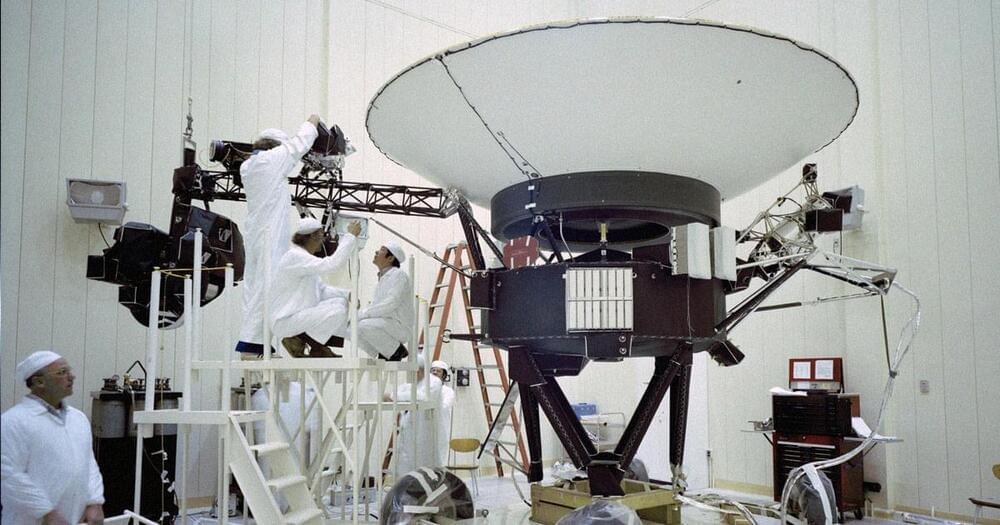Jul 8, 2023
China’s metal export restrictions: Implications for chipmaker companies
Posted by Raphael Ramos in categories: business, energy, finance
Harsh Kumar, Piper Sandler managing director, joins CNBC’s ‘Power Lunch’ to discuss why he believes not all chipmakers take a direct hit from China’s curb on the rare metals used in semiconductors and more. For access to live and exclusive video from CNBC subscribe to CNBC PRO: https://cnb.cx/2NGeIvi.
» Subscribe to CNBC TV: https://cnb.cx/SubscribeCNBCtelevision.
» Subscribe to CNBC: https://cnb.cx/SubscribeCNBC
Continue reading “China’s metal export restrictions: Implications for chipmaker companies” »

















